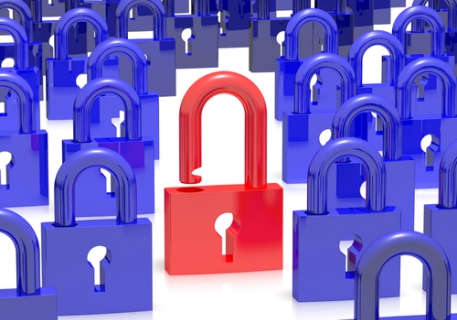
The annual global financial impact of data breaches will quadruple to as much as $2.1 trillion in 2019, according to a May 12 report from U.K.-based Juniper Research.
Driven by increasing digital information, Juniper’s report, titled “The Future of Cybercrime & Security: Financial and Corporate Threats & Mitigation,” posits that the majority of the breaches will come from existing technology infrastructure. And though new threats have been targeting mobile devices, Juniper analysts say the more traditional computing devices are at greater risk.
“Currently, we aren’t seeing much dangerous mobile or IoT malware because it’s not profitable,” James Moar, the report’s author, wrote. “The kind of threats we will see on these devices will be either ransomware, with consumers’ devices locked down until they pay the hackers to use their devices, or as part of botnets, where processing power is harnessed as part of a more lucrative hack. With the absence of a direct payout from IoT hacks, there is little motive for criminals to develop the required tools.”
Casual hacking is on the decline, according to Juniper, and more “professional” with sales of software that actually creates malware – thus pointing toward fewer but more successful attacks.
There’s a regional bias that will recede over time, Juniper states. Nearly 60 percent of data breaches will occur in North America, and that bifurcation between the U.S. and the rest of the world will vanish as other nations become richer and more digitized.
At least one recent report shines a spotlight on industry targets in the U.S.: cyber-criminals are finding a growing mother lode in health care data and are gunning for health care providers and hospitals, security research firm Ponemon Institute said earlier this month. And in a report issued earlier this year by Ponemon and authentication tech provider Duo Security, recovery takes an average of 45 days at a cost of $35,414 per day, with the expense split among direct labor (26 percent) cash outlay (22 percent), productivity loss (21 percent), overhead (15 percent) and indirect labor (14 percent).
And, to put another dollar figure on cybercrime, Juniper estimates the average data breach cost in 2020 will top $150 million.